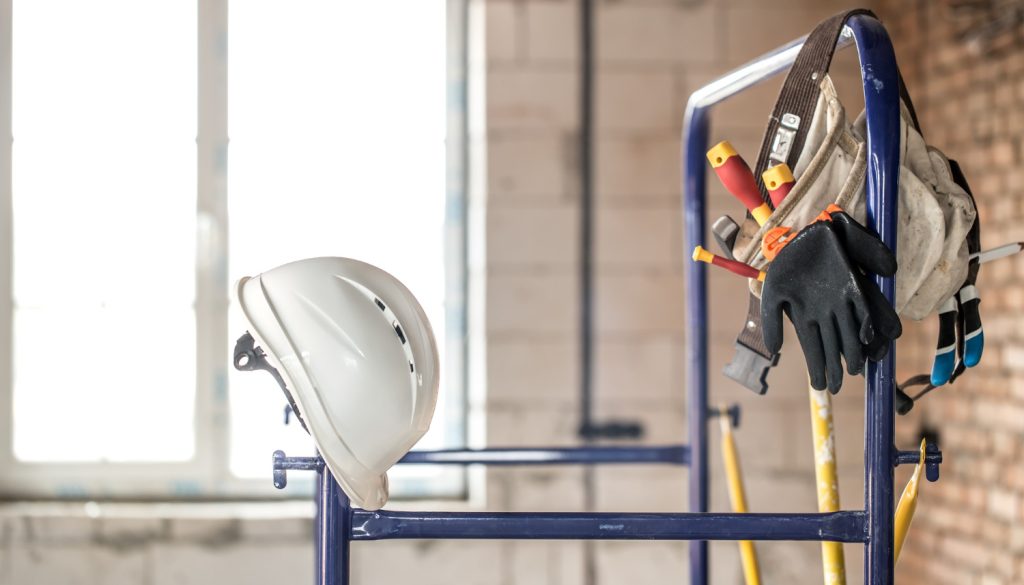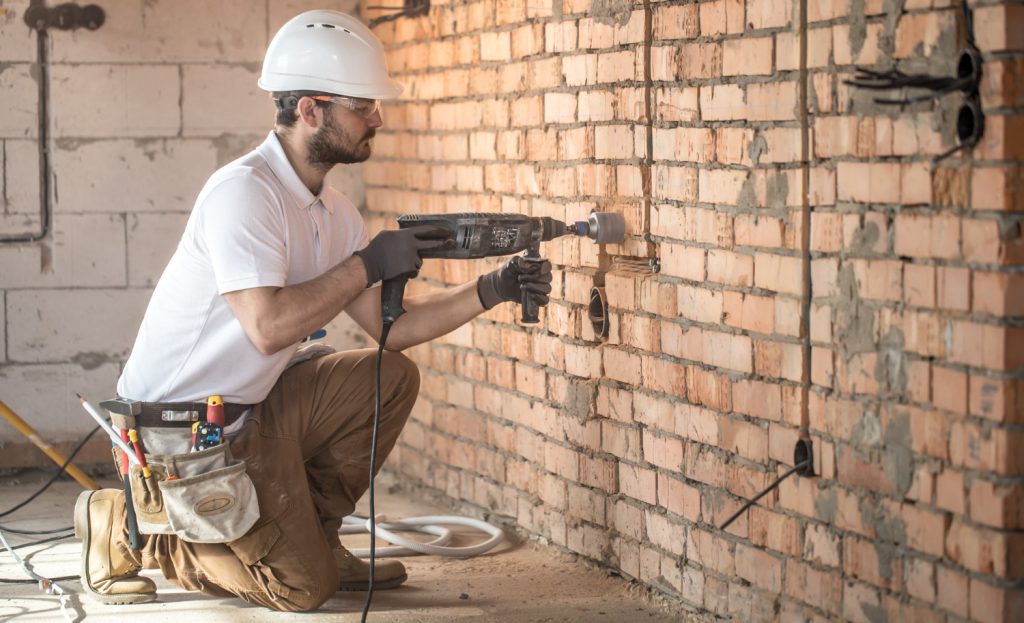
Key elements of a successful content marketing strategy
The Ultimate Guide to Finding Top-rated Local Demolition Services Near You
AAre you in need of professional demolition services? Whether you’re renovating your home, clearing out a site for new construction, or simply need to remove a structure, finding top-rated local demolition services near you is essential. But with so many options out there, it can be overwhelming to know where to start.
That’s why we’ve created the ultimate guide to help you find the best demolition services in your area. From residential to commercial projects, we’ll provide you with everything you need to know to make an informed decision.
Our brand voice is informative and trustworthy, providing accurate and reliable information to our readers. We understand the importance of finding reliable and top-rated professionals for your demolition needs. By incorporating the keywords “local demolition services” in a natural and relevant way, we ensure that our content is optimized for search engines.
So whether you’re a homeowner, landlord, or contractor, let us guide you through the process of finding the best local demolition services near you. Get ready to start your demolition project with confidence and ease.
Why choose top-rated local demolition services?
When you’re faced with the task of demolition, whether it’s for a home renovation or a commercial project, the choice of service provider can significantly impact the outcome. Opting for top-rated local demolition services ensures that you’re working with professionals who have proven their competence and reliability in the field. These companies bring a wealth of expertise, specialized equipment, and a commitment to safety, which are essential for any demolition project.
One of the primary advantages of hiring top-rated services is their adherence to industry standards and regulations. Experienced demolition contractors understand the complexities involved in the demolition process, including environmental considerations and local laws. This knowledge ensures that the project proceeds smoothly without legal hitches or safety breaches. Furthermore, established companies are often equipped with advanced technologies and equipment that enhance efficiency and minimize disruption to your property and its surroundings.
Moreover, choosing local demolition services has the added benefit of supporting your community. Local businesses typically rely on word-of-mouth referrals and community reputation to thrive. By hiring local contractors, you not only receive quality service but also contribute to the economic growth of your area. This community-oriented approach often results in more personalized service, where the contractor is invested in maintaining a positive relationship with local clients.
Factors to consider when looking for local demolition services
Selecting the right local demolition service requires careful consideration of several factors. First and foremost, you should assess the specific needs of your demolition project. Different types of demolition, such as residential, commercial, or industrial, may require specialized skills and equipment. Understanding the scope and complexity of your project will help you narrow down your options and find a service that aligns with your requirements.
Another critical factor to consider is the company’s reputation within the community. A solid reputation often reflects quality service, reliability, and excellent customer care. Checking local business directories, community forums, and social media platforms can provide insight into a company’s standing. Additionally, asking friends, family, or colleagues for recommendations can lead you to trustworthy professionals who have delivered satisfactory results in past projects.
Budget is also an essential element in your decision-making process. While it’s tempting to opt for the lowest bid, remember that the cheapest option may not always provide the best value. Look for services that offer competitive pricing without compromising on quality. A well-balanced approach to cost and service quality will ensure that you get the most out of your investment while also achieving the desired results for your demolition project.
Researching local demolition service providers
Conducting thorough research is a vital step in finding reliable local demolition services. Start by compiling a list of potential contractors in your area. Online search engines and local directories can be excellent resources for identifying companies that specialize in demolition. Once you have a list, take the time to visit their websites to gather more information about their services, experience, and past projects.
In addition to checking their online presence, consider utilizing social media platforms to gauge the company’s engagement with customers. Many businesses post project updates, client testimonials, and relevant content that can provide insight into their operations. Engaging with companies on social media can also offer a chance to ask questions and see how they respond to customer inquiries, giving you a sense of their customer service approach.
Lastly, don’t hesitate to reach out to the companies on your list directly. A phone call or email can clarify any doubts and provide an opportunity to gauge their responsiveness and professionalism. Ask about their services, project timelines, and any concerns you might have. Effective communication from the outset is often a good indicator of how the company will handle your project.
Reading customer reviews and testimonials
Customer reviews and testimonials are invaluable resources when evaluating local demolition services. They serve as firsthand accounts of others’ experiences with a company, helping you understand what to expect. Look for reviews on multiple platforms, including Google, Yelp, and specialized contractor review websites. Pay attention to both positive and negative feedback, as this can provide a balanced view of the company’s strengths and weaknesses.
When reading reviews, focus on specific aspects of the service, such as timeliness, professionalism, and quality of work. Consistent praise in these areas is a good sign that the company delivers on its promises. Conversely, recurring complaints about safety issues or unfinished work should raise red flags. Also, consider the volume of reviews; a company with numerous positive reviews is likely more reliable than one with only a handful.
Don’t shy away from asking the contractor for references as well. A reputable demolition provider should be willing to share testimonials from past clients. Speaking directly to these references can give you an even clearer picture of what to expect. Ask about their overall satisfaction with the work, how the contractor handled challenges, and whether they would recommend the service to others.
Checking the company's experience and expertise
Experience and expertise are critical factors to consider when selecting a demolition service. A company that has been in business for several years typically has a proven track record of successfully completing various demolition projects. Their accumulated knowledge can be invaluable, especially for complex tasks that require specialized skills and techniques.
In addition to the length of time a company has been in operation, consider their portfolio of past projects. Many reputable demolition contractors showcase their work on their website or provide case studies that highlight specific jobs they have completed. Reviewing these projects can give you insight into the type of work the company specializes in, whether residential, commercial, or industrial, and the scale of projects they can handle.
Furthermore, ask about the qualifications of the crew members who will be working on your project. Trained and certified personnel are essential for conducting safe and efficient demolitions. A company that invests in training and development for its employees is likely to provide better service and adhere to safety protocols, ensuring a smooth demolition process.
Conclusion and final tips for finding top-rated local demolition services
Finding top-rated local demolition services requires a strategic approach that encompasses research, evaluation, and communication. By taking the time to understand your specific needs, assessing potential contractors, and verifying their credentials, you can make an informed decision that leads to a successful demolition project. Remember that quality should always take precedence over cost, as the right service will ultimately save you time, money, and stress in the long run.
In addition to the factors discussed, keep an open line of communication with the contractors you are considering. This communication will not only help you clarify any doubts but will also provide insight into their customer service approach. A company that is responsive and willing to address your concerns is likely to handle your project with the same level of attentiveness.
Finally, trust your instincts. If something feels off during your interactions with a contractor, it may be a sign to continue your search. You deserve to work with a company that makes you feel confident and secure in your decision. By following these guidelines, you can embark on your demolition project with the assurance that you’ve chosen the best local services available.



















